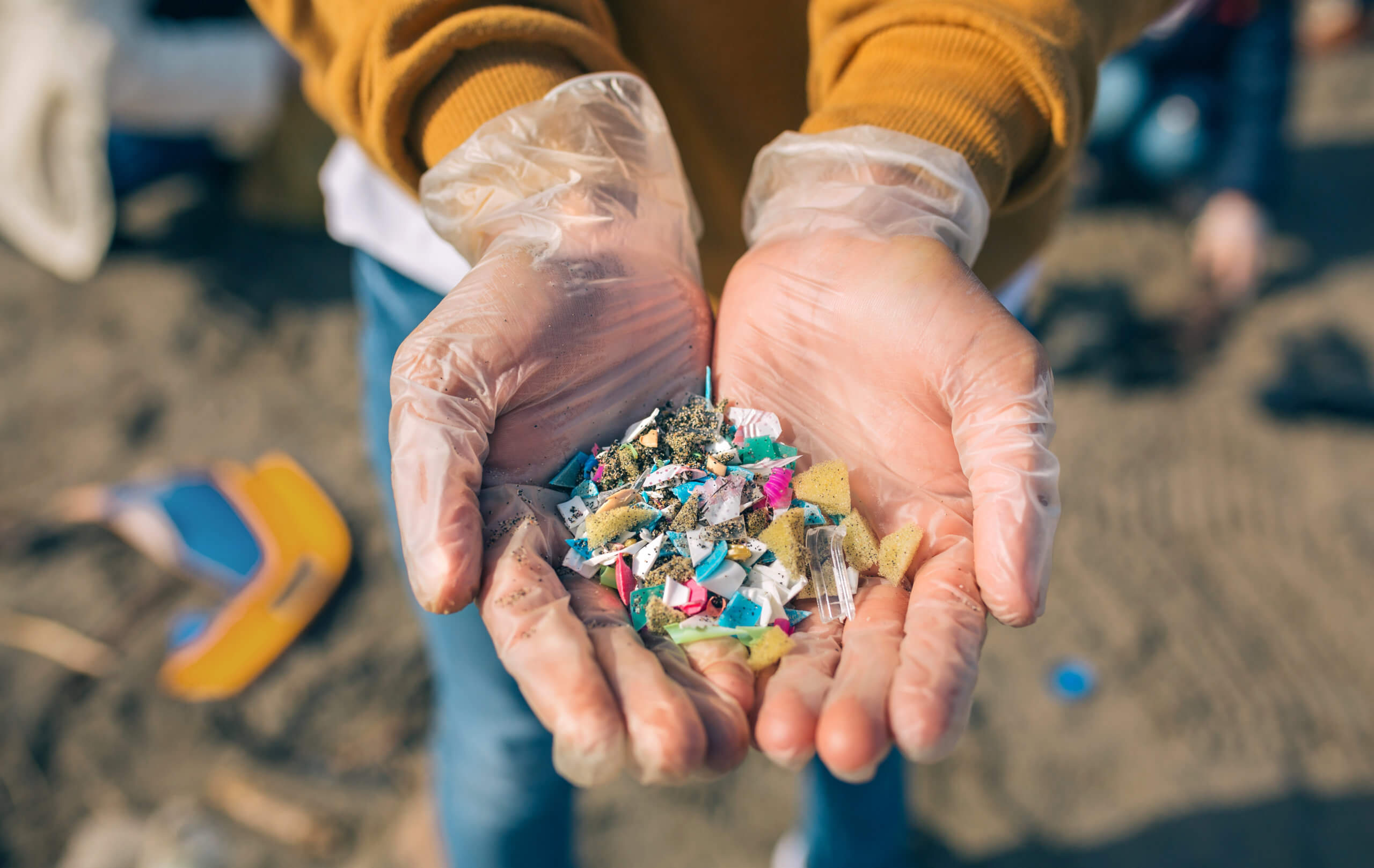Microplastics are fueling a dramatic rise in bowel disease, according to research. Higher quantities have been found in the stools of people with irritable bowel disease (IBD), warn scientists in China.
The tiny particles are ingested through drinking water and eating fish that, in turn, have eaten them. Now scientists are linking them to soaring cases of IBD which blights the lives of millions of Americans.
Researchers at the Nanjing Medical University in China say it is the first study to link microplastics to an illness. “Human ingestion of microplastics is inevitable due to the ubiquity of MPs in various foods and drinking water,” they write. “Whether the ingestion of microplastics poses a substantial risk to human health is far from understood.”
Exposure may be related to the actual development of IBD, an umbrella term that includes Crohn’s disease and ulcerative colitis. Another possibility is the condition exacerbates the retention of microplastics.
The rise of microplastics and the rise of IBD
It’s estimated that 10 to 15 percent of American adults battle IBD symptoms, according to the American College of Gastroenterology. Symptoms include crippling stomach pain, tiredness, flatulence, nausea, backache and problems peeing.
Incidence is increasing worldwide, affecting up to one-in-ten people across the globe. Women are 50 percent more prone than men.
Scientists say microplastics, which measure less than 5 millimeters in length, are practically everywhere — from the food we eat and water we drink to the air we breathe. In fact, one study shows that plastic particles are covering the Swiss Alps — a testament just how far and easily they travel in the atmosphere. They originate from degradation of larger objects such as bags, bottles, fishing nets, personal care products and tires. It’s estimated people consume tens of thousands of them each year, with unknown health consequences.
In this latest research, scientists found IBD patients have more in their feces than healthy people in a control group. What’s more, the worse their symptoms, the more they had. The findings were based on samples from 102 people across China, around half of whom had been diagnosed with the condition.
What stool samples from participants showed
Analysis revealed that stools from the patients contained about 50 percent more microplastics per gram. The shapes – mostly sheets and fibers – were similar in both groups. But the IBD feces had more smaller particles.
The two most common types of plastic were PET (polyethylene terephthalate), used in bottles and food containers; and PA (polyamide), found in food packaging and textiles. People with more severe IBD tended to have higher levels of fecal microplastics.
Through a questionnaire, the researchers found people in both groups who drank bottled water, ate takeout food and were often exposed to dust had more microplastics in their stools. But the authors say it’s not certain whether or not that exposure could cause or contribute to IBD, or whether people with IBD accumulate more fecal microplastics as a result of their disease.
Animal experiments confirm that microplastics cause intestinal inflammation and alter gut bacteria. The scientists
“We present evidence indicating a positive correlation exists between the concentration of fecal microplastics and the severity of IBD. Combining a survey and the characteristics of fecal microplastics, we conclude the plastic packaging of drinking water and food and dust exposure are important sources of human exposure,” the authors write. “The relative mechanisms deserve further studies. Our results also highlight fecal microplastics are useful for assessing human microplastic exposure and potential health risks.”
The study is published in Environmental Science & Technology.
Report by South West News Service writer Mark Waghorn
